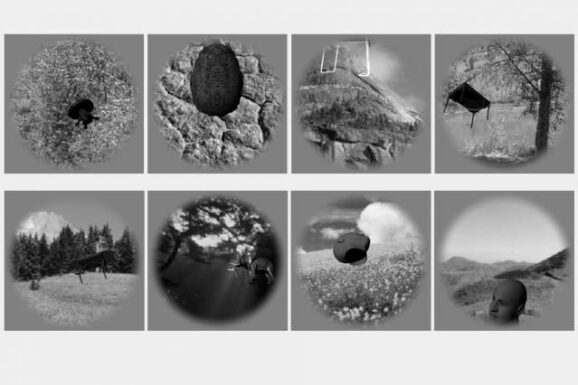Computer Vision Is Closing The Gap
This article is more than 2 years old
 One of the biggest breakthroughs in computer science has been the ability to simulate human neural networks via programs and algorithms, thereby combining the power of artificial intelligence with the computing power of the human brain. This advancement will aid in creating artificial “superintelligence,” as well as figuring out how the human brain works in an attempt to simulate it — and perhaps consciousness itself — in a machine (which scientists recently did with a worm). One specific aspect of mimicking human neural networks that has been particularly challenging is vision and object recognition, which has recently yielded some impressive and promising results, and now has taken another leap forward. Neuroscientists at MIT recently conducted a study that indicates that recent advancements in “deep neural networks” allow computer networks to see and recognize objects just as well as primates.
One of the biggest breakthroughs in computer science has been the ability to simulate human neural networks via programs and algorithms, thereby combining the power of artificial intelligence with the computing power of the human brain. This advancement will aid in creating artificial “superintelligence,” as well as figuring out how the human brain works in an attempt to simulate it — and perhaps consciousness itself — in a machine (which scientists recently did with a worm). One specific aspect of mimicking human neural networks that has been particularly challenging is vision and object recognition, which has recently yielded some impressive and promising results, and now has taken another leap forward. Neuroscientists at MIT recently conducted a study that indicates that recent advancements in “deep neural networks” allow computer networks to see and recognize objects just as well as primates.
The paper, published in PLOS Computational Biology via programs and supported by DARPA, the National Eye Institute, and the National Science Foundation, concludes that neuroscientists have been able to figure out how the human brain works pretty darn well, especially when it comes to object recognition — something humans are particularly good at, especially when compared to machines. They’ve gotten so good at it that “the models predict the neural responses and the distances of objects in neural population space.”

One of the ways scientists have tackled understanding the complex ability to identify objects and recognize their position in space is by studying the brains of primates. The group implanted electrodes in the parts of the cortex that promote image recognition and observed how primates’ neurons responded, then compared the process to that of neural networks, gauging their accuracy. The best network they tested belonged to New York University researchers, which recognized objects as well as the brain of a macaque monkey. The work has resulted in a better understanding of the recognition process, which in turn has boosted the development of object recognition in computer systems, and will ultimately boost the capabilities of artificial intelligence, and may one day help scientists figure out how to treat vision disorders.
Neural networks focusing on vision and optical processing work in a top-down hierarchy. The retina gathers visual input, which is then processed in the primary visual cortex and then processed in the inferotemporal cortex. At each level, the processing is more and more focused and specific, which allows for object identification. Thus, designers of neural networks have learned to simulate this process with stages of computation, each one performing a different operation until the image becomes clear and recognizable. The process includes casting off visual information unnecessary to recognizing the object, such as the image’s movement. The cumulative effect of those processes is powerful, culminating in object recognition so sophisticated that it may one day eclipse ours.












